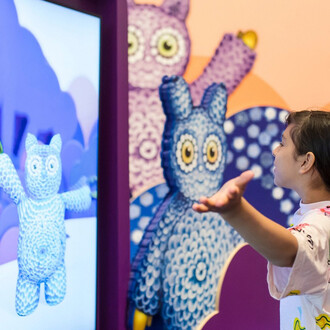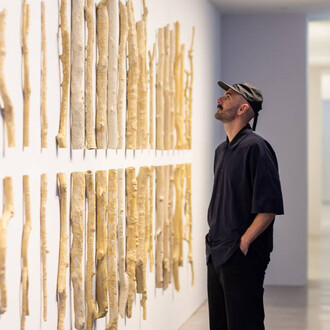Aboriginal people have long held a deep and interconnected relationship with the natural world, especially within the bush environment. Their traditional knowledge of flowering plants is not just botanical; it serves as a vital guide to locating food sources, bush medicines, and surface water. This understanding has been passed down for generations and is central to survival, as it signals when fruits and seeds are ripe for harvest and when specific resources are most abundant.
Such ecological insight also informs animal behaviour. When particular plants begin to flower or bear fruit, hunters know which species of animals will be drawn to those areas in search of food. This knowledge enables a harmonious interaction between human needs and natural rhythms, creating a sustainable way of living that is rooted in observation, patience, and respect for the land. The flow of life in the bush is thus shaped by an intricate awareness of plant life and its vital role in sustaining all living beings.
The exhibition Bush garden, on view at Japingka Gallery until 14 May 2025, brings this wisdom into focus through the work of several Aboriginal artists. Represented artists include Belinda Golder Kngwarreye, Alison Munti Riley, Michelle Possum Nungurrayi, Karen Bird Ngale, Jessie Beasley, Rosemary Petyarre, Rachael Nambula, and Katrina Bird Mbitjana. Their paintings reflect the deep cultural significance of the bush landscape, offering a visual language that speaks of tradition, identity, and the life-sustaining power of Country.












